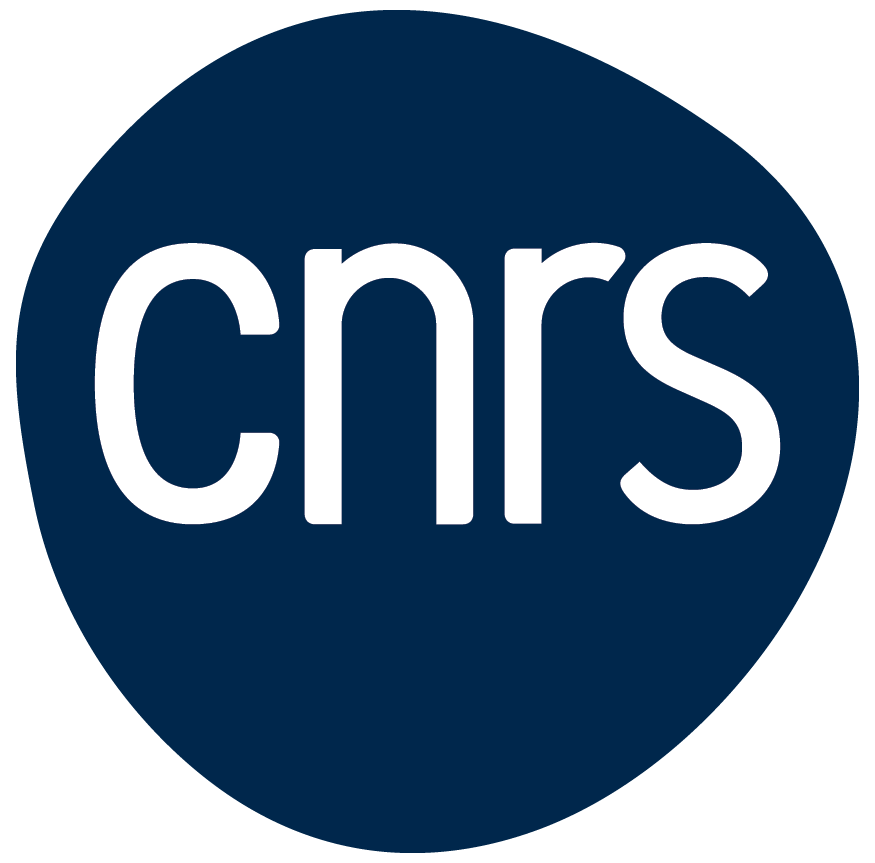Jean-Francois MIGNOT, "What made the Tour successful? Competitive balance in the Tour de France, 1947–2017", Sport in Society, 2019
The Tour de France is the most popular and prestigious bicycle race in the world. Since the 1980s, it has also had increasing economic success. Is such economic success related to improvements in competitive balance among riders, i.e. the degree of parity among opponents and the resulting difficulty to predict the competition’s end result? We compute several measures of static (annual) and dynamic (year-to-year) competitive balance for the yellow jersey from 1947 to 2017, both among the top five riders and among team leaders. Our main result is that competitive balance in the Tour de France has not improved much since 1947: the time performances of top riders and team leaders have not become closer to each other – or harder to predict from one year to the next. Therefore, the increasing economic success of the Tour since the 1980s cannot be attributed to improvements in the race’s competitive balance. Other factors must have been driving the increasing demand for the Tour, including better-quality television broadcasting of the event.

